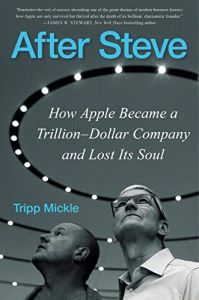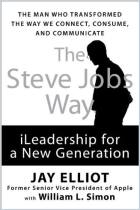Acesse a sua conta getAbstract para obter o resumo!

Acesse a sua conta getAbstract para obter o resumo!
Tripp Mickle
After Steve
How Apple Became a Trillion-Dollar Company and Lost Its Soul
William Morrow, 2022
Sobre o que é?
Jony Ive and Tim Cook spent a decade battling for Apple’s soul.
Recommendation
When Steve Jobs died in 2011, his successors, Tim Cook (CEO) and designer Jony Ive (CDO), struggled to balance Apple’s cutting edge spirit with its juggernaut market dominance. The iPhone was a once in a generation innovation, making Apple the first company in history to reach a $1 trillion valuation. But at what internal cost? Cook was an operations man, while Ive was a visionary designer. The two men never found a synergy, and their lack of collaboration led to them butt heads.In the 10 years after Jobs’s death, Cook consolidated Apple’s global reach as Ive tried to maintain its creative spirit. Cook’s vision prevailed when Jony Ive retired in 2019.
Summary
About the Author
Tripp Mickle is a tech reporter for The New York Times. Previously, he wrote for The Wall Street Journal covering “Apple, Google, bourbon and beer.”






















Comment on this summary